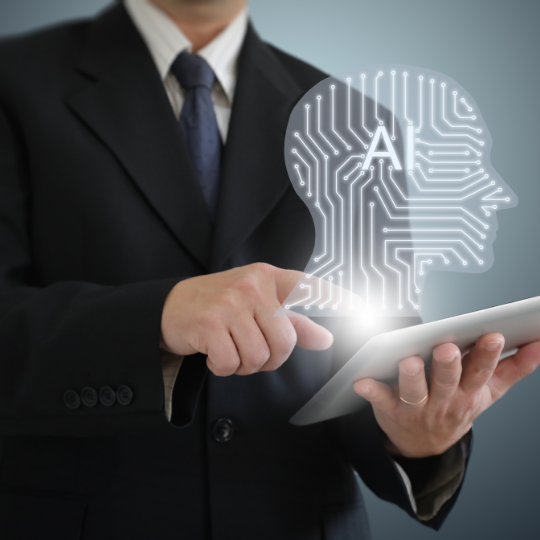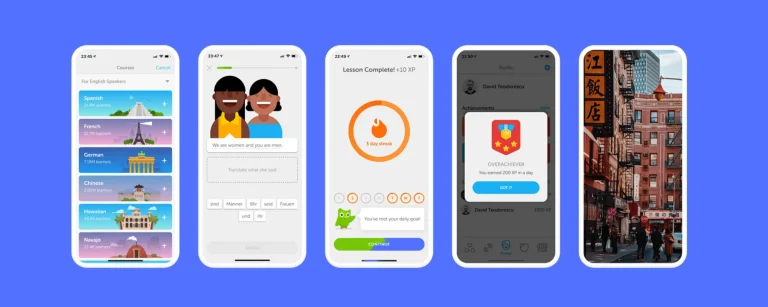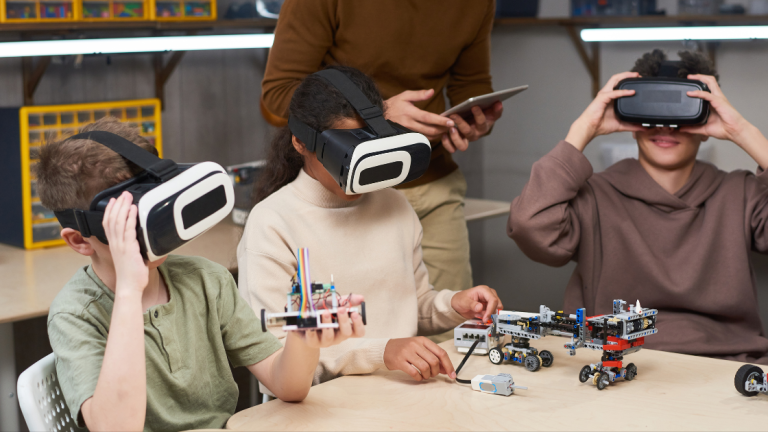Beyond 2024, AI features in user experience design are reshaping the tone of voice of digital platforms as they communicate and relate with their users. The future of UX design doesn’t really take into consideration beautifully designed or functional interfaces; instead, it takes to the point of understanding users and delivering content and interactions that feel just perfectly personalized for them.
This fusion is driving the rise of hyper-personalized UX, where interfaces adapt in real-time to individual preferences and behaviors. Here’s a blow-on-blow on how AI reshapes the UX landscape and what to anticipate from hyper-personalized experiences throughout 2024:
Rise Of Hyper-Personalization
One step beyond this would be the personalization that is truly AI- and Machine Learning-powered through large-scale user data analysis that includes browsing habits, purchasing history, social media interactions, and even biometric data, with the interfacing digital platform evolving according to user habits by:
- Evolving Interfaces with Users: Through hyper-personalization, interfaces change according to user behavior and provide content, products, and recommendations perfectly in line with individual tastes.
- Dynamic Content Provision: Users expect digital experiences to understand their needs. Whether it’s a music app with the perfect song or an e-commerce website recommending products in hyper-personalization, it drives relevance and engagement.
- More User Satisfaction: As it offers content very close to user preference, it prepares highly improved engagement in a way that makes every interaction intuitive and feels personalized.
AI-Driven User Insights
AI is at the forefront of hyper-personalization—it delivers deep insights that drive responsive and adaptive interfaces. Key among these developments is AI-driven user insight, including:
- Real-time Behavior Tracking: Being based on the tracking of user interactions, the systems recognize patterns and predict further actions and consequently enable real-time adjustment of the content or features.
- Pattern Recognition and Prediction: AI studies both past and present data in predicting what users may need next, thus making user experiences all the more seamless and intuitive.
- Users Enjoy Personalized Journeys: Adaptive insights through AI allow platforms to create personalized user experiences based on individual interests and behaviors, resulting in higher levels of satisfaction and a better rate of conversion in general.

Adaptive Interfaces And Real-Time Customization
Adaptive interfaces, by means of AI, make real-time auto-customization possible UX transformation by:
- Adjust Layouts Dynamically: For example, a news app can adjust its layout and content feed based on time of day, user location, and reading habits automatically in order to keep showing users the most relevant content at that time.
- Allow Dynamic Adjustments to Content: Artificial intelligence makes interfaces proactive in giving relevant content; for example, a fitness application can suggest workouts based on past activity and current conditions.
- Empower Users with Control: Personalization can be taken even one step further, letting users change the interface layout, theme, or content preference to their likings, making the digital experience further aligned with individual tastes.
The Role Of Voice And Conversational AI
Voice interfaces and conversational AI are being made central to hyper-personalized UX delivery, which is seen through progress in the following areas:
- Contextual Understanding: The capability to properly understand context, thus making for a more natural and flowing conversation, is in the limelight with voice interfaces.
- Emotion Recognition: AI can recognize emotion in a user’s voice and hence manage the replies in such a way that they become empathetic and personalized in the interactions.
- Personalized Experiences on Voice: Voice assistants will have a memory of user preferences and recognize individual voices to provide customized replies, making the general user experience more personalized.
Ethical Considerations And Privacy Concerns
With the advent of increased sophistication in terms of AI-driven hyper-personalization, concerns around ethics and privacy gain higher ground. The major aspects are:
- Data privacy: Data should be able to be transparently collected and used. The user needs to disclose his data collection and storage in full and use it in a manner that respects his privacy.
- User control: Options are to be given to the user to choose to opt-out from such sharing or use or to control tailoring to go into their personalization to enhance trust.
- Ethical AI Practice: Place high importance on ethics in strong AI practices, no bias in algorithms, transparency, and no misuse of user data in winning and maintaining user confidence to make digital experiences work for good.
The Future Of UX
Looking into the future of ux design, the marriage of AI and UX will further mature. We could imagine interfaces that would be not only ultrapersonalized but also attuned to the user’s needs and feelings with an accuracy never before achieved. Eventually, AI may let interfaces self-align to a user’s mental state, health, or even cognitive burden—the ultimate human-centered experience.
Moreover, with the further development of AI, it’s quite possible to get predictive UX—when interfaces will be able to predict user needs even before they happen. Imagine a fitness application that tracks your workouts and adjusts your training plan according to the quality of your sleep during the previous night or a smart kitchen that offers you recipes considering your current inventory and personal tastes.
Conclusion
As AI continues to knife itself into the very heart of interface design, the future of UX design will be hyper-personalized. In 2024, this concern will be for interfaces that not only adapt to individual preferences but also do so in real-time to create really unique user experiences. However, along with such great innovations, one needs to look at the ethical issues in ensuring that personalization adds to the user experience without intruding on it.
In such a scenario, I would say AI in UX prepares a future of a more personalized, intuitive, and user-centric experience, only if the innovations do not take us over and instead have them under our command with ethical responsibility in creating advanced but honest digital experience.







